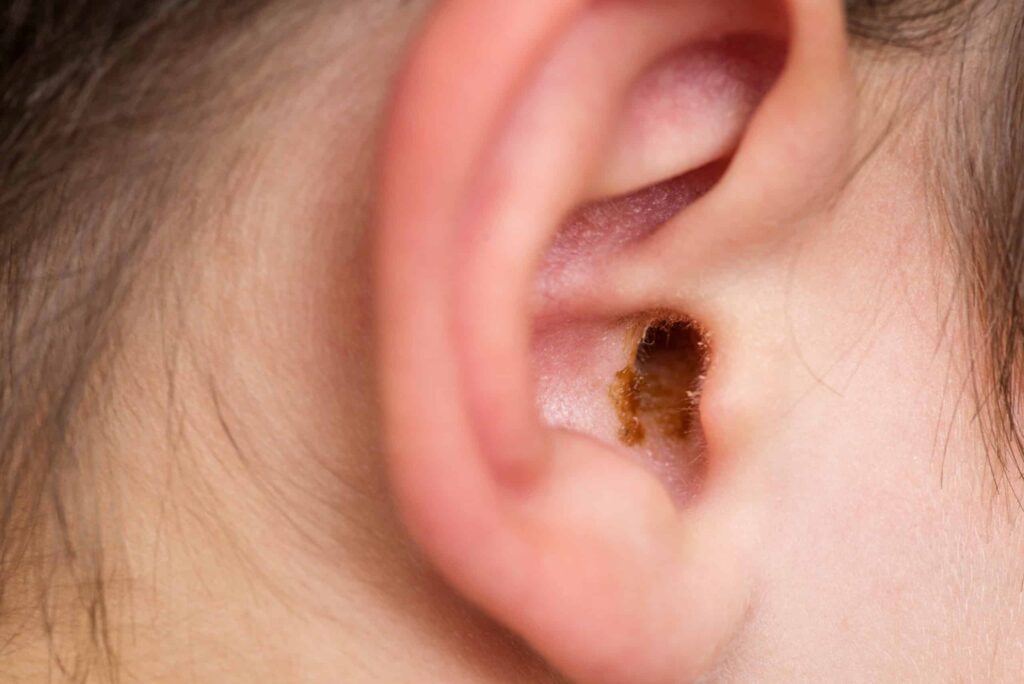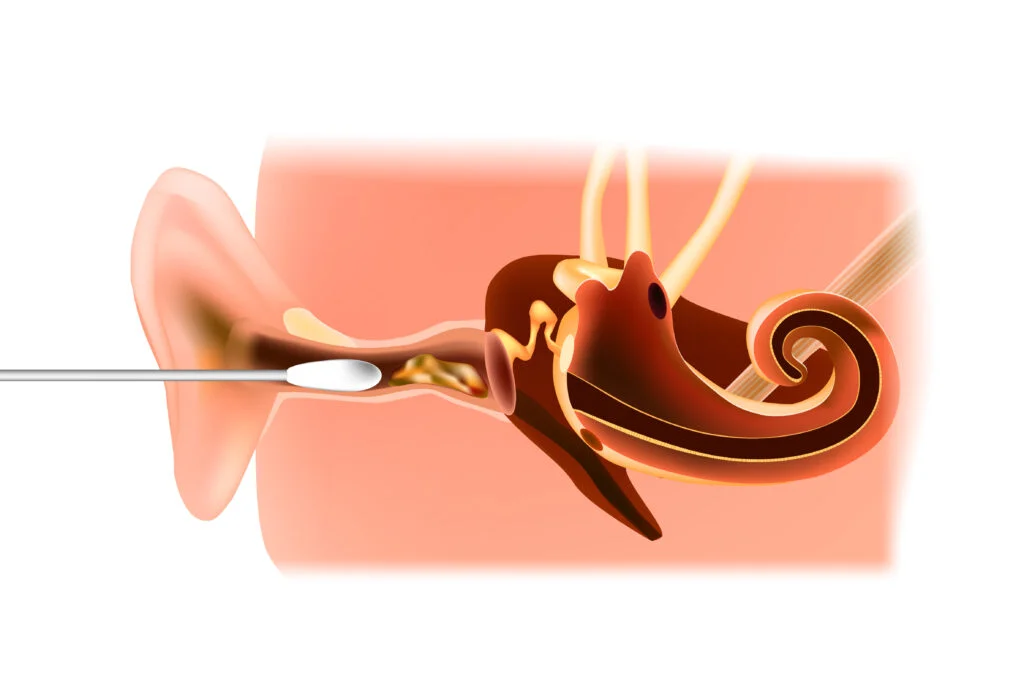Based on 1000+ reviews
What Causes Ear Wax Buildup? Common Reasons Explained
Your ears make wax to protect you. This sticky stuff catches dust, germs, and dirt before they reach your eardrum. It also keeps your ear canal moist and fights off infections.
Problems start when your ears make wax faster than they can get rid of it. You might notice sounds seem muffled, feel pressure in your ear, or experience discomfort. Many things can cause this issue, from how your ears are shaped to everyday habits that make things worse without you realising.
Why Your Body Makes Too Much Earwax?

Natural Variation in Wax Production
Some people naturally produce more earwax than others. Your genetic makeup and specific ear anatomy determine both the quantity and type of wax your body creates.
Physical Ear Structure
Narrow ear canals create the first challenge for natural wax removal. When your ear canal measures less than 4mm in diameter or contains tight spots and sharp curves, wax becomes trapped rather than working its way out naturally. This structural issue means some people will always have more trouble with blocked ears, no matter how careful they are with cleaning.
Ear Hair and Age Factors
Too much hair inside your ears makes the problem worse by creating barriers. These tiny hairs catch wax and stop it from moving toward the opening. Men often grow more ear hair as they age, which explains why ear problems become more common later in life.
Genetic Wax Types
Your family history determines what type of wax your ears produce – either wet and soft (more common in people of European and African descent) or dry and flaky (more common in people of East Asian descent). This is controlled by a single gene called ABCC11. While wet wax is stickier, both types can cause blockages depending on your ear canal shape and other factors.
Age-Related Changes
Getting older brings specific changes to how your ears work. As you age, your ear canal may lose some flexibility and natural cleaning ability. Earwax can also become drier and stickier in some people, making it harder to clear naturally. These changes mean some older adults may benefit from professional ear checks when problems arise.
Impact of Injuries and Surgery
Past injuries or operations can change your ear canal’s shape permanently. Scar tissue or bumpy areas create spots where wax collects, stopping your ears from cleaning themselves properly.
Daily Habits That Make Wax Problems Worse
Common Cleaning Mistakes
Many people make their earwax problems worse by trying to clean their ears the wrong way. Using cotton buds is the biggest mistake people make. These tools push wax deeper into your ear instead of taking it out. The squashed wax becomes much harder to remove and often needs professional help.
Putting your fingers in your ears does the same thing. Even gentle cleaning pushes wax further inside, while your fingernails can scratch the delicate skin. This irritation makes your ears produce even more wax, creating a cycle where cleaning attempts actually make things worse
.

Device Usage Problems
Using earphones, earplugs, or hearing aids for more than 4-6 hours daily stops your ears from cleaning themselves. These devices block the natural exit route for wax and create warm, damp conditions (around 37°C and 90% humidity) that make wax stick to the canal walls. The tight seal that many modern earbuds create traps wax inside, making removal much harder.
People who wear headphones for long periods should watch their ear health carefully. This includes musicians, gamers, and office workers. The constant pressure and blocked airflow can lead to serious wax buildup over time.
Environmental and Occupational Factors
Working in environments with high dust levels (above 10mg/m³), noise exceeding 85 decibels, or chemical exposure forces your ears to work overtime. Your body makes extra wax to protect itself, but this often becomes too much for your ears to clear naturally. Construction workers, factory staff, and gardeners commonly experience this occupational challenge.
Water and Swimming Issues
Swimming and water sports create another challenge. Trapped water makes existing wax swell up and block your hearing. The expanded wax can completely block your ear canal until it’s properly removed.





